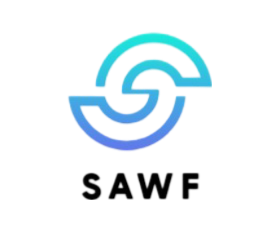When it comes to Trading FOREX, most dealers focus on technical indicators since they are the most objective and strong process of trading this volatile sector. However, there are lots of indicators from the technical investigation world – and in this guide we’ll try to present the very best As straightforward as they are, moving averages are among the most effective technical analysis tools. With that said, one still should have a strategy of utilizing them. The cross plan is a the most known one although the least powerful. The most effective technique is the Bounce. A bounce occurs when price touches a moving averages and bounces it off. This trading signal is very robust and result in very fast and powerful tendencies. Keep an eye out for bounces second time cost comes nearer to a Moving Average.
The Bollinger Bands are also a classic technical tools which are extremely great for supplying leading trading signals. The best method of integrating them in your trading would be to use them as bounds for cost. The lower band is the lower barrier support and the upper band is the top barrier immunity . A profitable strategy is waiting for price to touch the upper or lower group of the Bollinger, and beginning to move in the opposite direction. This signal is stronger when the middle ring Simple Moving Average isn’t sloped horizontal .

This index was developed by Donald Lambert 30 years back, and is still used today – a proof of its significance within changing market environments. The CCI is quite helpful in gauging intervals of overbought and oversold in cost. Readings below -100 are considered oversold and readings over 100 are considered overbought. Crosses of these levels may be used to create trading signals. Moreover, a famed approach is used with the MT4 インジケーター, called Woodiest CCI. It involves interpreting patterns on the CCI indicator, and it’s also a rewarding strategy.
The Federal Open Market Committee FOMC, a part of the Federal Reserve System, is billed under U.S. law with overseeing open market operations in America, and is the primary instrument of US federal monetary policy Open market operations are the buying and selling of government securities. The Committee sets monetary policy by specifying the short-term objective for all those operations, which is now a target level for the federal funds rate the rate that commercial banks charge on overnight loans among themselves. The FOMC also directs operations undertaken by the Federal Reserve System in foreign exchange markets, although any intervention in foreign exchange markets is coordinated with the U.S. Treasury, which has responsibility for formulating U.S. policies about the exchange value of the dollar.



